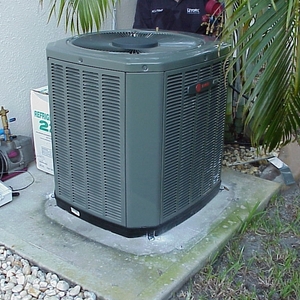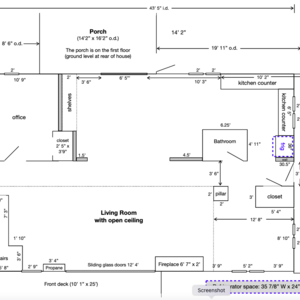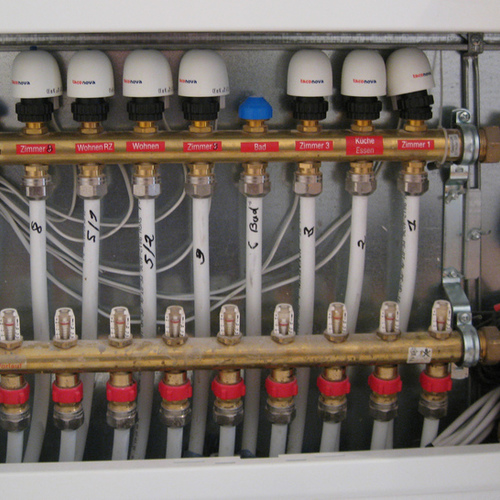
Jackie Treehorn is planning a new home near Portland, Oregon, to be constructed with insulated concrete forms and designed with a daylight basement. He’d like to include radiant-floor heat, and because he plans on doing a lot of the work himself he hopes to reduce labor costs that typically go along with that kind of heating system.
One of his concerns is cooling. Treehorn grew up just down the road, in a 1970s house built with 2×4, questionable amounts of insulation, and no air conditioning.
“It was heavily shaded and up until a few years ago, never had AC until some trees needed to be removed,” Treehorn writes in this Q&A post. “In the summer hot streaks we opened windows at night and closed them in the morning and it was tolerable. So I went from there to a cookie-cutter house with AC and no shade so those are the only two comparables I have to go by.”
His research has led him to a type of heat-recovery ventilator with a feature that allows him to bring in cooler air in summer without going through the heat-exchanger. That might provide cooling at night. He’s also planning to install a single ductless minisplit head.
Treehorn has already done some Manual J calculations, which show the heating load will be 26,000 Btu/hour and the cooling load 21,000 Btu/hr. He’s planning on putting in a couple of ceiling fans.
“The downstairs to the house I grew up in never got warm during heat waves and I have a feeling my house will obviously do better with more insulation and air sealing details so I kind of feel like I may only need one minisplit upstairs,” he says. “House is rectangular shaped and open concept.
“Obviously with ICF I don’t…
Weekly Newsletter
Get building science and energy efficiency advice, plus special offers, in your inbox.

This article is only available to GBA Prime Members
Sign up for a free trial and get instant access to this article as well as GBA’s complete library of premium articles and construction details.
Start Free TrialAlready a member? Log in















3 Comments
Robert Bean is quoted as having said:
"I don’t think that what we call radiant floor heat should really qualify as “radiant” given how much heat energy for this type of heating system is actually transferred via convection, how slowly the system delivers heat, and the fact that setback is either impossible or extremely challenging (see: “Should I Turn Down Radiant Floor Heat at Night?”). In comparison, radiant ceiling panels deliver just about all of their heat via radiation, do it very quickly, and can function well with setback."
Is there an assumption of high thermal mass floor heat and low thermal mass ceiling panels built into that statement?
One thing I hadn’t considered about our plans to night flush our house with a box fan is that this is a fall hazard for people with small children. Especially if the kids can push the screen out.
Regarding the questions in this article, we live in Corvallis Oregon in a passive house. In our experience minisplits are great. I agree with skipping the radiant heat. Night flush cooling works, except when the temperature doesn’t drop at night. You should also consider climate change which predicts Portland will have Central Valley, CA’s climate long before the end of your home’s lifespan.
In 60 years Expect Portland to be like: The typical summer in Lincoln, California is 14.2°F (7.9°C) warmer and 88.2% drier than summer in Portland.
https://fitzlab.shinyapps.io/cityapp/
I’d say that this past summer in Portland conclusively makes the argument for more cooling capacity than he ever thought he’d need. Historic weather pattern are becoming exercises in nostalgia and the pace of change will accelerate.
Log in or become a member to post a comment.
Sign up Log in